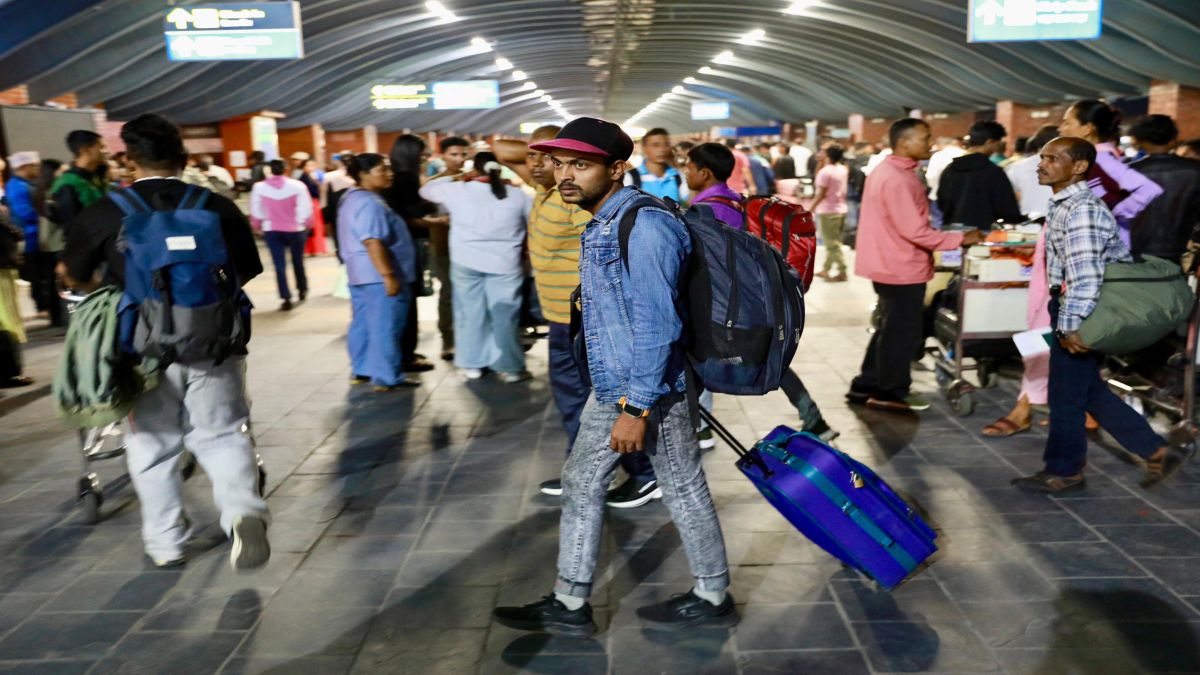Nirmala Sitharaman in her Budget speech announced that the Centre is aiming to eradicate sickle cell anaemia by 2047. The mission, which will be launched soon, will aim to create awareness among the common man, Sitharaman said. It will also screen more than seven crore people in the age group 40 and under in tribal areas and also provide counselling through the collaborative efforts of central ministries and state governments, she added. Let’s take a look at sickle cell anaemia: Sickle Cell Disease, also known as SCD, is a common hereditary blood disorder. It comprises a group of disorders that affect haemoglobin, the molecule in red blood cells that delivers oxygen throughout the body. Sickle cell anaemia is the most severe form of sickle cell disease, as per the US Centers for Disease Control and Prevention.
Known as HbSS, those with this disorder inherit a gene from each parent that makes Hemoglobin S.
This causes red blood cells to form into a crescent shape, like a sickle, which clump together and stick to the walls of blood vessels. The sickle cells die early, which causes a constant shortage of red blood cells (anaemia). This can cause severe pain and permanent damage to the brain, heart, lungs, kidneys, liver, bones, and spleen. Sickle cell anaemia is also a common cause of childhood stroke, as per the CDC. People with SCD may begin to display symptoms as early as five months. The complications caused by SCD vary from person to person and can veer between mild and severe. As per Indian Express, at least 14 lakh people in India may have Sickle Cell anaemia – numbers only likely to rise as screenings intensify. Tribals, on average, have a much higher incidence of SCD compared to the general population. As per the Ministry of Tribal Affairs, 1 in 86 Scheduled Tribes are born with SCD. There may be more than three lakh patients in tribal areas alone, according to Indian Express. Sickle cell anaemia is most prevalent in states such as Gujarat, Maharashtra, Chhattisgarh, Odisha and parts of Bengal. There are also pockets in the south, Tamil Nadu, Kerala, and parts of Telangana. Sickle Cell anaemia has a very high prevalence in tribes in Maharashtra such as Pawara, Bhil, Madia , Gond, and Pardhan, as per Indian Express. SCD is associated with a significant risk of morbidity and premature mortality, especially among children. SCD can only be cured by bone marrow or stem cell transplantation, Dr Aniket Mule told Indian Express. “These transplants are normally reserved for children with severe SCD since they are hazardous and can have substantial adverse effects. The bone marrow must be a close match for the transplant to succeed. A brother or sister is usually the ideal donor,” said Dr Mule. In the West, a child receiving comprehensive care in high-resource settings has an estimated 99 per cent survival into adulthood. However, in India, according to an ICMR study, about 20 per cent of children with sickle disease died by the age of two, and 30 per cent children with Sickle Cell Disease die before they reach adulthood. As per the CDC, while the disease is treatable, there remains no easy cure.
As a result, lifelong care to prevent or treat the disorder becomes necessary.
The CDC recommends preventing complications in children with SCD through:
- Transcranial doppler (TCD) ultrasound screening – which identifies children with increased risk for stroke.
- Hydroxyurea therapy – this reduces the occurrence of several complications, including severe acute pain episodes and acute chest syndrome, which can result in lung injury and trouble breathing.
Speaking on Sitharman’s announcement, Dr Jogin Desai, CEO & co-founder, Eyestem told the website Express Healthcare, “The mission mode program to eradicate sickle cell anemia can be tremendously impactful. Such programmes are a marathon and not a sprint yet can create a fantastic template for programmes for other diseases like curable blindness in subsequent years. With inputs from agencies Read all the Latest News , Trending News , Cricket News , Bollywood News , India News and Entertainment News here. Follow us on Facebook, Twitter and Instagram.


)

)
)
)
)
)
)
)
)



